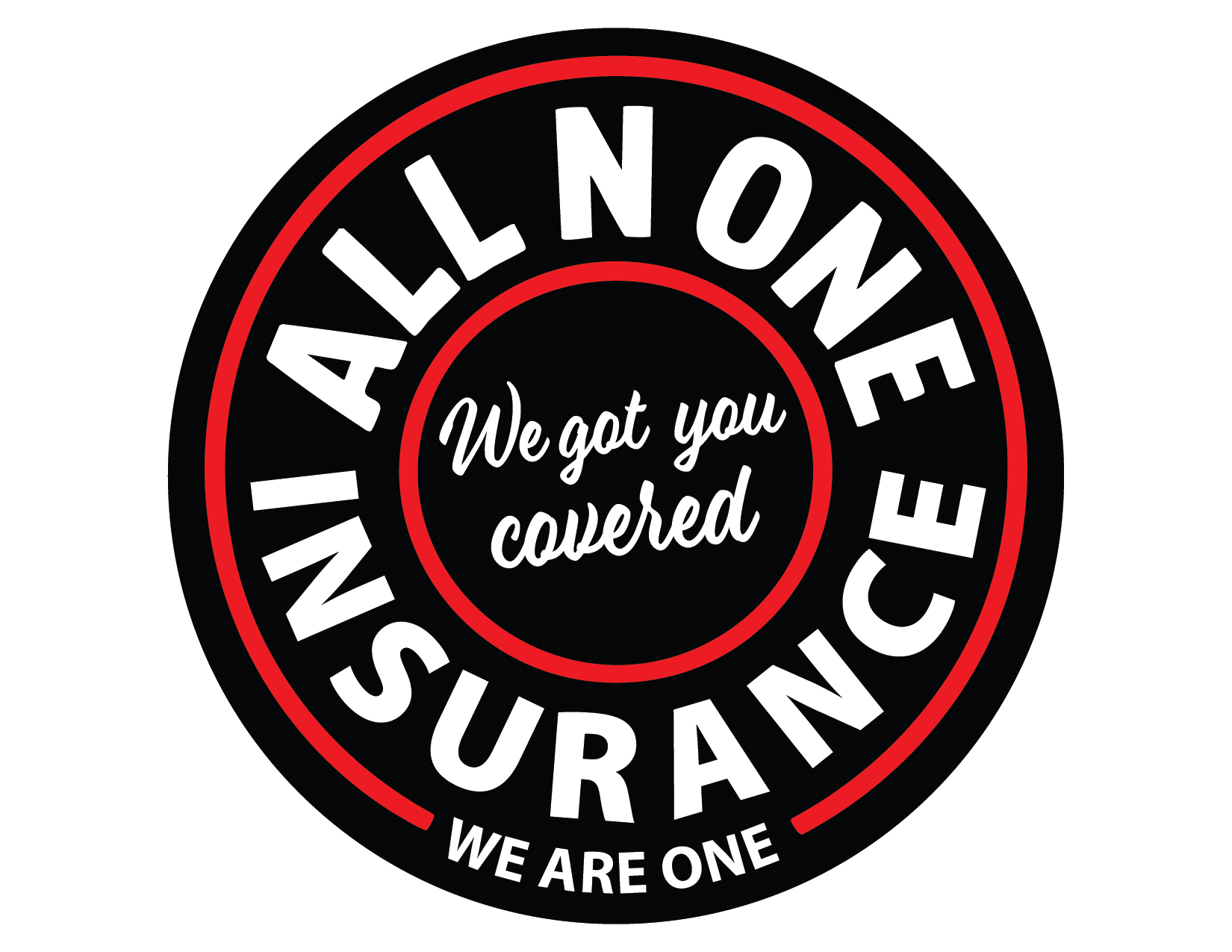Why Auto Insurance Matters
Auto insurance is more than just a legal requirement — it’s your financial safety net every time you get behind the wheel. Whether it’s a fender bender, hailstorm, or major accident, the right coverage can save you thousands of dollars and protect your financial future.
Driving without coverage can result in license suspension, hefty fines, and personal liability for damages. Every state (except New Hampshire) requires drivers to carry at least minimum liability coverage. But minimum coverage rarely offers enough protection, which is why most drivers choose more robust policies.
Key Types of Auto Coverage
- Liability Coverage – Pays for injuries or damages you cause to others. This is the foundation of every policy.
- Collision Coverage – Repairs your car if it’s damaged in a crash, regardless of fault.
- Comprehensive Coverage – Covers non-collision damage like theft, fire, hail, or vandalism.
- Uninsured/Underinsured Motorist Coverage – Protects you if the other driver has little or no insurance.
- Medical Payments/Personal Injury Protection (PIP) – Covers your medical expenses and sometimes lost wages.
Factors That Affect Premiums
- Driving history and accident record
- Vehicle make, model, and year
- Location (urban vs. rural)
- Credit history (in most states)
- Coverage limits and deductibles
Tips for Saving on Auto Insurance
- Bundle policies (auto + home/renters).
- Maintain a clean driving record.
- Increase deductibles if you can afford out-of-pocket repairs.
- Ask about safe driver, low-mileage, or good student discounts.
Bottom line: Don’t settle for the bare minimum. Tailor your policy to your risk level and lifestyle so you’re not left exposed after an accident.

